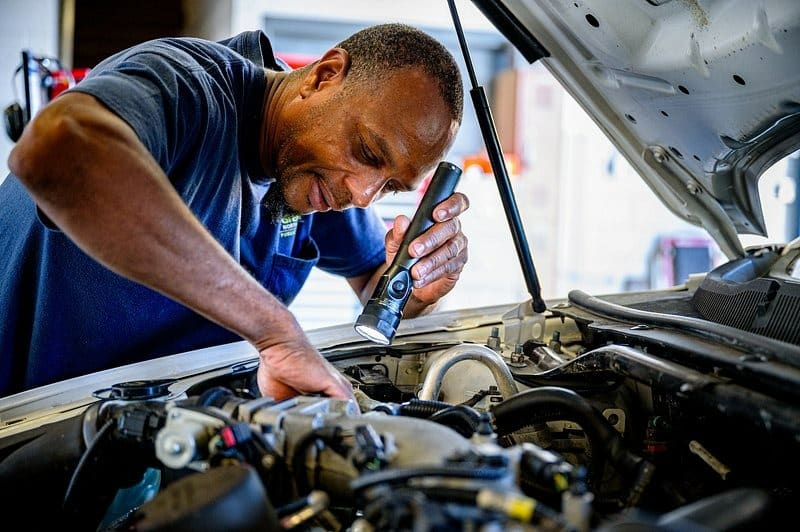
Any mechanic’s waiting room tells a different story than the dealership showroom. While you’re researching fuel economy and warranty coverage, they’re seeing the same problems roll through their bays month after month. These eight popular models each carry hidden maintenance landmines that can detonate your budget long after you’ve driven off the lot with a comprehensive cost analysis.
Honda and Ford’s Expensive Secrets
Even “dependable” brands have years you should avoid entirely.
The Honda Civic’s reputation for reliability hits a wall with early 2010s models that burn oil like a ’70s muscle car. Faulty piston rings turn routine maintenance into engine rebuilds, with Honda issuing Technical Service Bulletins for affected VINs—but owners outside extended warranty periods typically pay out of pocket for major engine repairs that could be addressed with DIY car fixes.
Ford Focus models from 2012-2016 pack PowerShift transmissions that fail so reliably there’s an entire cottage industry of class-action lawyers. These dual-clutch automatics suffer from:
- Shuddering
- Hard shifting
- Slipping
- Complete failures
Your “economical” compact car becomes a $4,000 repair bill despite multiple recalls attempting to address the issues.
Luxury Problems vs. Hybrid Math
Premium badges and eco-friendly tech both carry hidden costs.
BMW 3 Series owners discover that “ultimate driving machine” translates to “ultimate maintenance expense,” similar to other unreliable European car engines. Oil leaks, cooling system failures, and electrical gremlins make every repair a premium experience. Even brake pads cost twice what you’d pay for a Toyota, thanks to BMW-specific parts and procedures.
Speaking of Toyota, that Prius saving you gas money? Factor in battery replacement at 150,000-200,000 miles—a several-thousand-dollar reality check that turns eco-savings into eco-spending. While other failures remain rare and general upkeep stays straightforward, this hybrid battery replacement represents the model’s primary long-term cost consideration.
Off-Road Dreams and Budget Nightmares
Rugged capability and affordable pricing often mask expensive realities.
Jeep Wranglers excel at conquering trails but surrender frequently to suspension and electrical repairs. Their tough-guy design makes even minor fixes labor-intensive, driving up costs compared to mainstream SUVs—especially after sustained rough use.
Subaru Outbacks manufactured before 2010 face head gasket failures that can destroy engines if ignored. High-mileage models may also require monitoring for timing belt wear and oil leaks, though newer generations have largely improved these reliability concerns.
The Chevrolet Cruze promises budget-friendly motoring until turbochargers fail, coolant leaks develop, and valve covers give up. Some owners report overheating and complete engine failures, negating the initial affordability with unexpected repair costs that would make a German luxury car blush.
Your best defense? Research specific model years and listen when mechanics warn you about patterns they see daily. These professionals witness the gap between marketing promises and repair bay reality—and their insights can save you thousands.
Last modified: August 21, 2025







